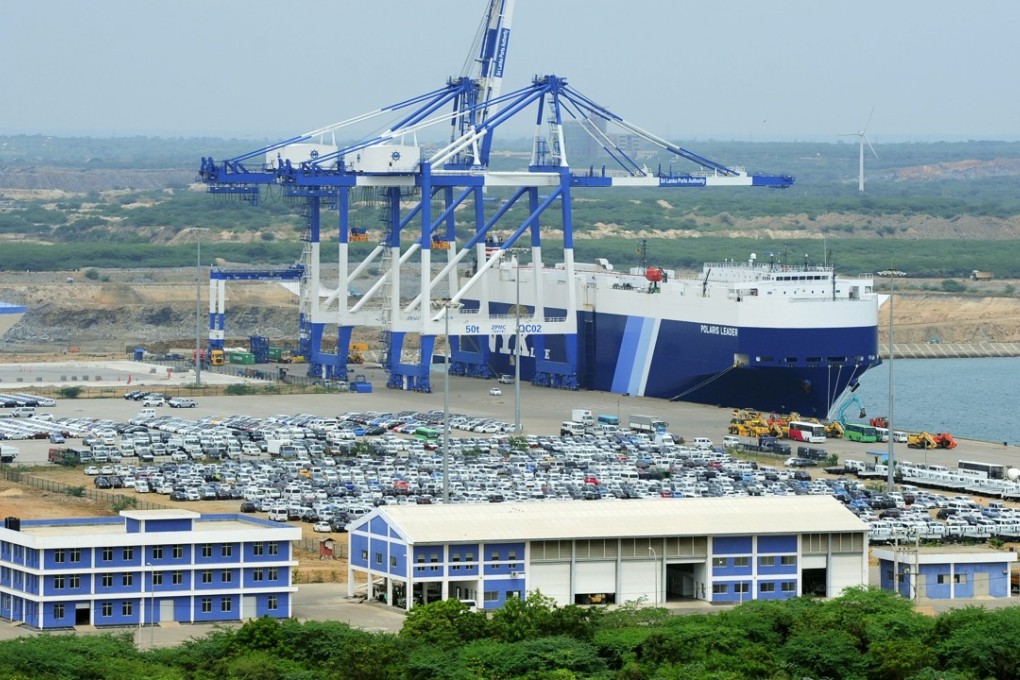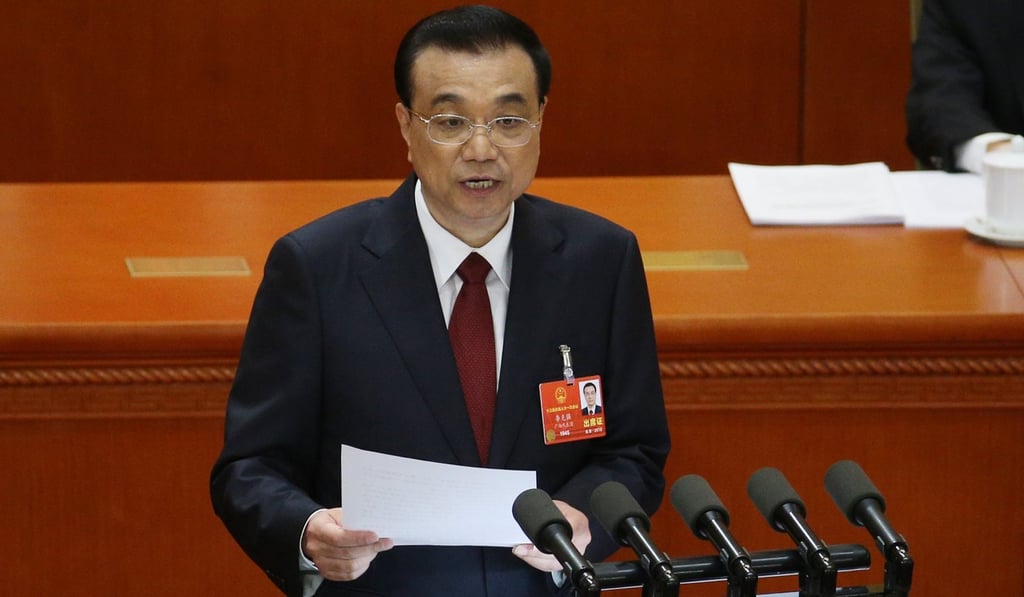Japan warms to China’s belt and road plan with talks on business tie-ups, sources say
China’s trade initiative tipped to be on agenda if possible Japan visit by Premier Li Keqiang goes ahead

Japan may soon become more involved in China’s multibillion-dollar belt and road plan, with the two countries expected to begin exploring business cooperation deals in third countries, according to diplomatic and trade sources.
Faced with uncertainty over the global leadership role of traditional ally America under Donald Trump, Japan has gone from wariness towards the “Belt and Road Initiative” – Beijing’s strategy to boost infrastructure and trade links with nations from Asia to Africa – to slowly warming to the idea of taking part in it.
One of the first signs Tokyo was starting to embrace President Xi Jinping’s trademark initiative came at a summit hosted by Beijing in May to promote it, with Japanese Prime Minister Shinzo Abe sending a top leader from his ruling Liberal Democratic Party, Toshihiro Nikai, to attend the event.
As Beijing and Tokyo move towards a rapprochement after years of deadlock over territorial and historical disputes, the initiative will likely be on the agenda if a possible Japan visit by Premier Li Keqiang goes ahead this year, a diplomat with knowledge of the discussions said.
